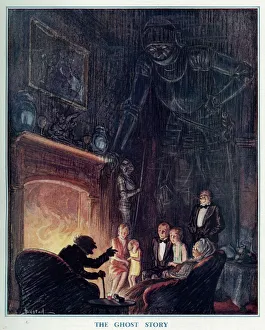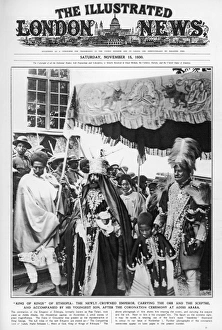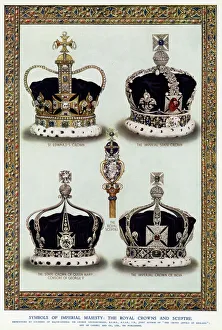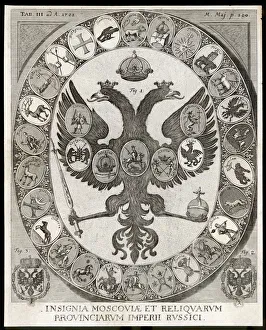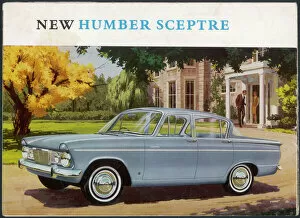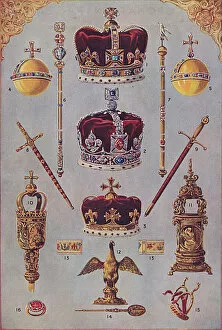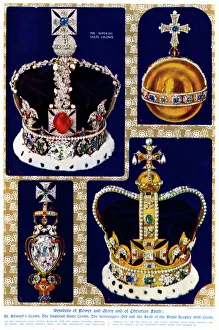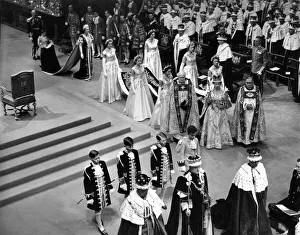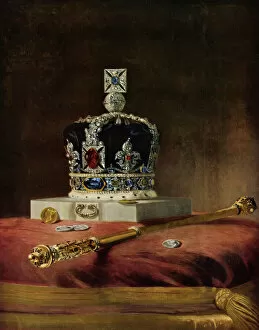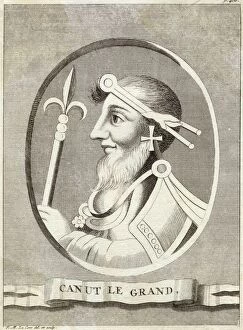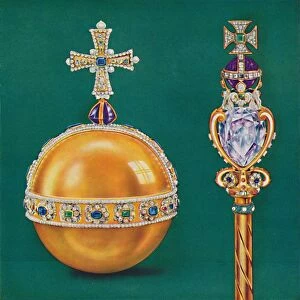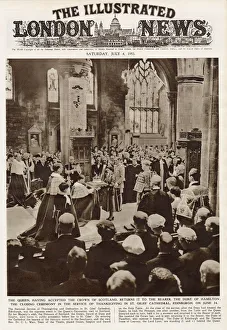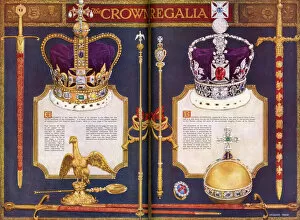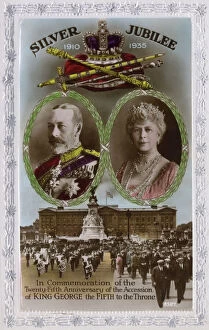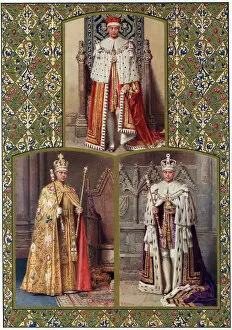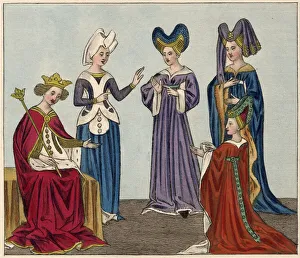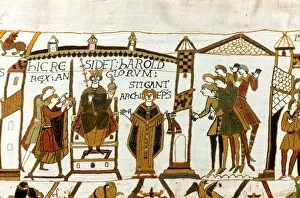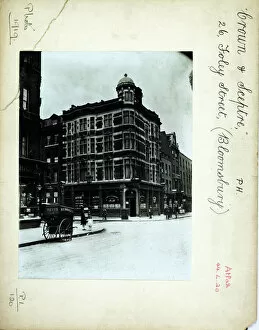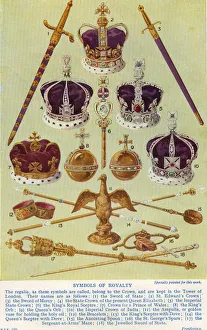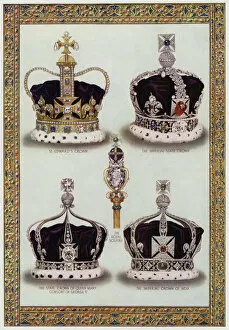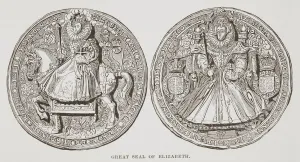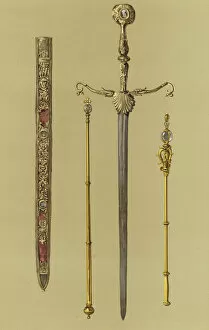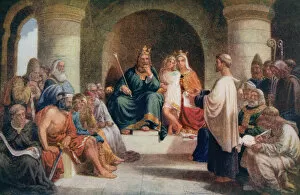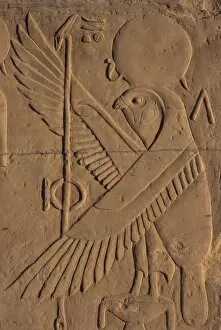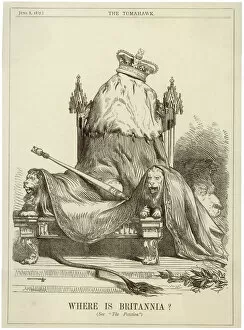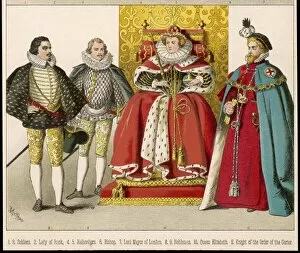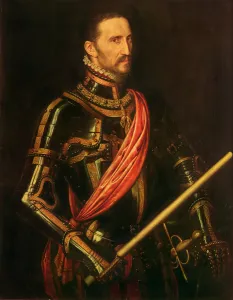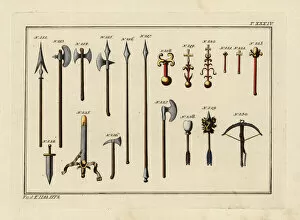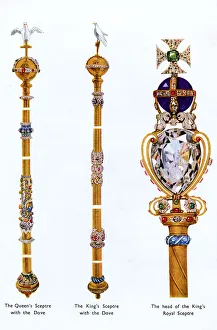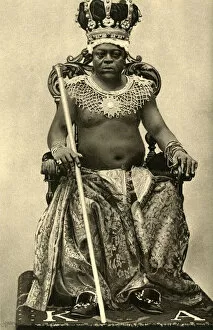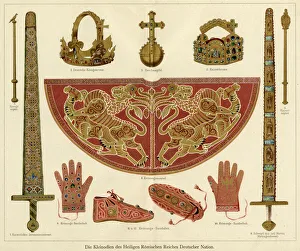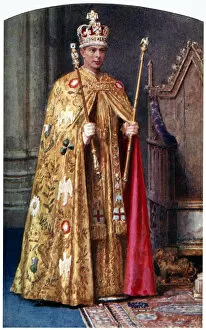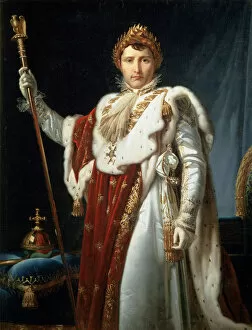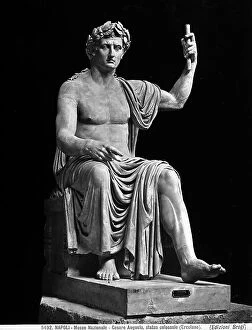"The Sceptre: A Symbol of Power and Majesty Throughout History" From the eerie tales spun by Alfred Bestall in "The Ghost Story" to the grandeur of Haile Selassie's coronation in 1930, the sceptre has always held a significant place in history. Dating back centuries, this regal symbol has been adorned with intricate designs like the Russian Imperial Eagle or featured alongside majestic royal crowns. Even automobiles like the Humber they have borrowed its name to evoke a sense of elegance and authority. In moments that define nations, such as Queen Elizabeth II's coronation in 1953, the sceptre takes center stage among Britain's illustrious Coronation Regalia. It represents not only power and glory but also Christian faith—a potent combination captured beautifully in Saint Michael Archangel's Byzantine icon from fourteenth-century Greece. Throughout time, notable figures like King Canute (Cnut) have wielded this emblematic staff as they ruled over vast territories. And no crown is complete without it; just look at The Imperial State Crown or The Kings Orb and Sceptre from 1937—both testaments to its enduring significance. The sceptre stands tall as one of humanity's most recognizable symbols of authority—a testament to our fascination with power and majesty throughout history.

